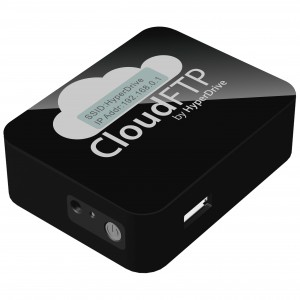Over the years the amount of gear that a journalist has to bring to trade shows has gotten smaller and smaller, lighter, and less. It’s actually quite refreshing. Heavy cameras, huge batteries, and giant laptops are giving way to lighter and more mobile devices that are much more power efficient. Wi-fi is almost becoming ubiquitous, and if you can’t find that, well then 4G cellular internet will probably get you through.
I’ve covered CES, E3, and SXSW for several years now. My most recent trade show was E3 2011, and even though I brought my giant HP EliteBook workstation, I never actually used it. That’s because I had a Google CR-48 Chromebook with me, and for the most part it sufficed. Now, E3 is a tradeshow that’s easy to cover with minimal photography since almost everything you’re writing about is digital, and every exhibitor gives you access to their online press kit anyway. Therefore, I also didn’t need to use my digital SLR camera, so the Chromebook worked.
The Chromebook is nice because it’s very light and it’s a battery champ. As long as you have a network connection, you can do your work. We’ve also developed a pretty awesome workflow at the Icrontic newsdesk that takes place mostly in the cloud. We use 37 Signals’ Campfire for staff chat, Dropbox for file transfers, and WordPress for a CMS. With some support from those at “home base”, mobile Icrontic reporters can basically do everything they need to do.
However, at a trade show like CES, where product photography will be crucial, there is a missing link in the workflow: Pictures from the digital SLR have to be hooked up to a PC in order to be transferred and converted from Camera RAW, edited down to size, and inserted into articles. I realized during E3 that if I only had some way to get pictures from the camera into the cloud, I could have someone at home base do the RAW conversion, cropping, and posting.
I was actually talking to Nick about this today even as we were traversing the still-being-built showfloor. I pointed to my Canon EOS 30D and said to him, “If I had a way to get photos off of this and into the cloud, I could get by with just the Chromebook.” Thus began weaving the threads of fate.
No sooner did we get back to our motel room than an email did cross my desk, from Karen Thomas at Thomas PR. The email mentioned a new device called CloudFTP from Sanho Technologies. This little wonder promised to complete the chain from my camera to the cloud, and it was as if the stars aligned when I read it.
CloudFTP plugs in to USB port of a device and can either make files available over Wi-fi or upload them to Dropbox, box.net and other “compatible” cloud storage services. From the press release:
Finally there’s a way to share USB files with iPads, iPhones, the Cloud and other devices that don’t have a USB connection without accessing a computer! Small enough to bring anywhere, even in your pocket, CloudFTP is the most useful tool available for iPad and iPhone users to easily access their data on USB devices. CloudFTP creates a WiFi hotspot to stream and transfer data from the most commonly used USB storage devices, turning these devices into a wireless file server. CloudFTP can also automatically connect to the Internet to backup and synchronize USB data with popular online Cloud storage services, like iCloud, Dropbox and box.net, or it can join an existing WiFi network to share files with other devices on the same network.
With a CloudFTP, the Icrontic workflow would look something like this: Photos from camera go to Dropbox via CloudFTP. Dropbox is accessible to Icrontic staffers globally. “Home base” crew can grab the RAW files, do their thing, and upload them into the WordPress CMS while the authors on the showfloor type the text of the articles. All the mobile reporters need is a thin and light notebook (such as the CR-48 or even a tablet), a camera, and the CloudFTP.
Needless to say, we covet this device. Nick and I will certainly be checking it out on the showfloor this Tuesday at CES 2012.










 Articles RSS
Articles RSS